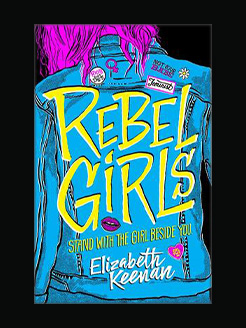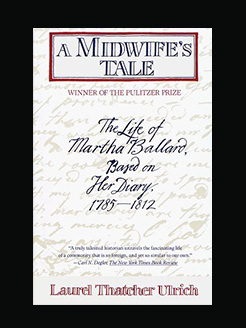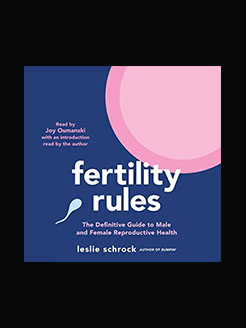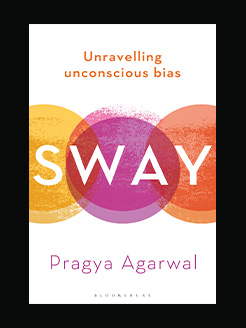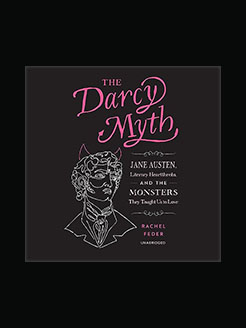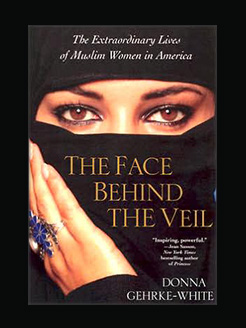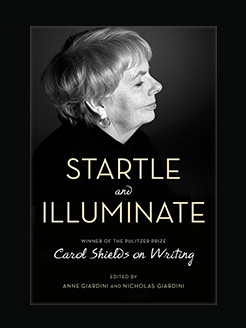Published in 2020
288 pages
Temenuga Trifonova is Associate Professor of Cinema and Media Studies at York University in Toronto, Canada. She is the author of the monographs Warped Minds: Cinema and Psychopathology (2014) and The Image in French Philosophy (2007), and editor/contributor of the collections Contemporary Visual Culture and the Sublime (2017) and European Film Theory (2008). Trifonova has been a research fellow at Le Studium Centre for Advanced Studies in France (within the framework of the European Union Marie Sklodowska Curie Actions), the Waseda Institute for Advanced Studies in Tokyo, the NYU Center for European and Mediterranean Studies, the American Academy in Rome, the Institute for Advanced Studies at the University of Bologna, the Brown Foundation at the Dora Maar House, and has held artist residencies at the Fondation des Treilles (France) and Pushkinskaya 10 Art Centre, St. Petersburg. She is a published novelist (Tourist, 2018 and Rewrite, 2014) and an award-winning filmmaker.
What is this book about?
The Figure of the Migrant in Contemporary European Cinema explores contemporary debates around the concepts of ‘Europe’ and ‘European identity’ through an examination of recent European films dealing with various aspects of globalization (the refugee crisis, labour migration, the resurgence of nationalism and ethnic violence, neoliberalism, post-colonialism) with a particular attention to the figure of the migrant and the ways in which this figure challenges us to rethink Europe and its core Enlightenment values (citizenship, justice, ethics, liberty, tolerance, and hospitality) in a post-national context of ephemerality, volatility, and contingency that finds people desperately looking for firmer markers of identity. The book argues that a compelling case can be made for re-orienting the study of contemporary European cinema around the figure of the migrant viewed both as a symbolic figure (representing post-national citizenship, urbanization, the ‘gap’ between ethics and justice) and as a figure occupying an increasingly central place in European cinema in general rather than only in what is usually called ‘migrant and diasporic cinema’. By drawing attention to the structural and affective affinities between the experience of migrants and non-migrants, Europeans and non-Europeans, Trifonova shows that it is becoming increasingly difficult to separate stories about migration from stories about life under neoliberalism in general
